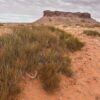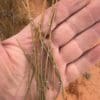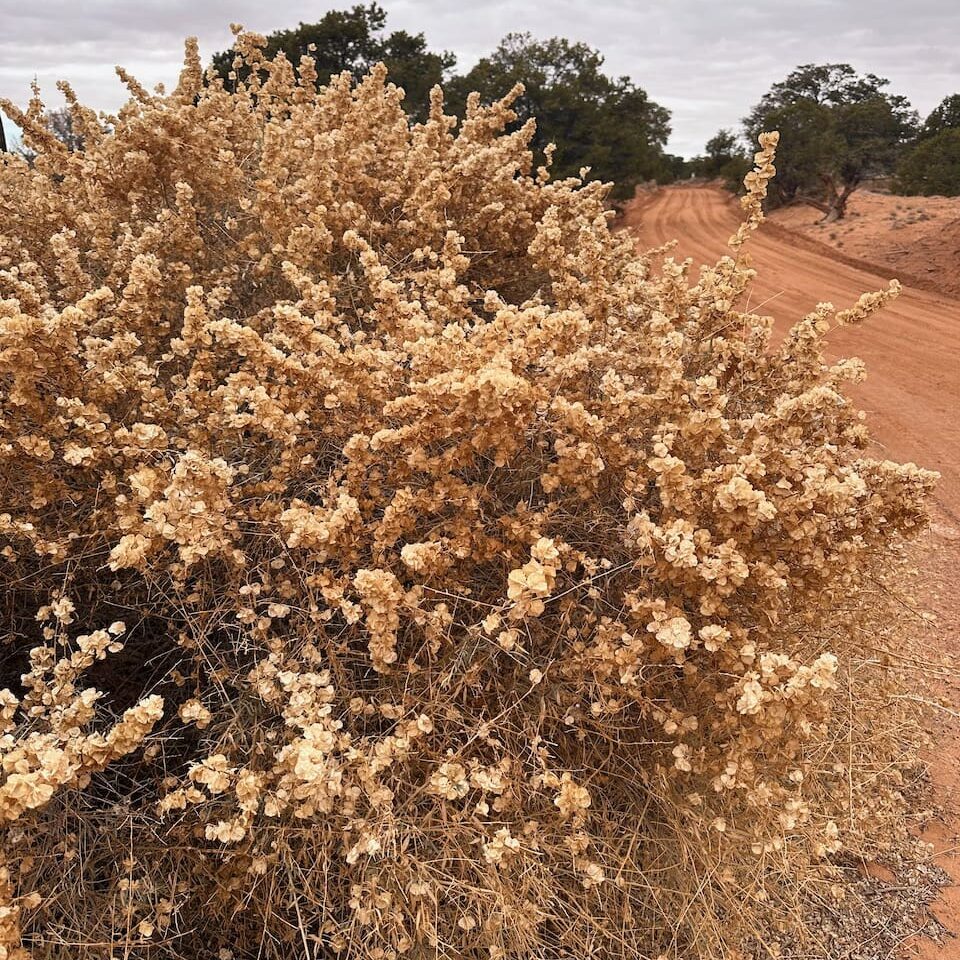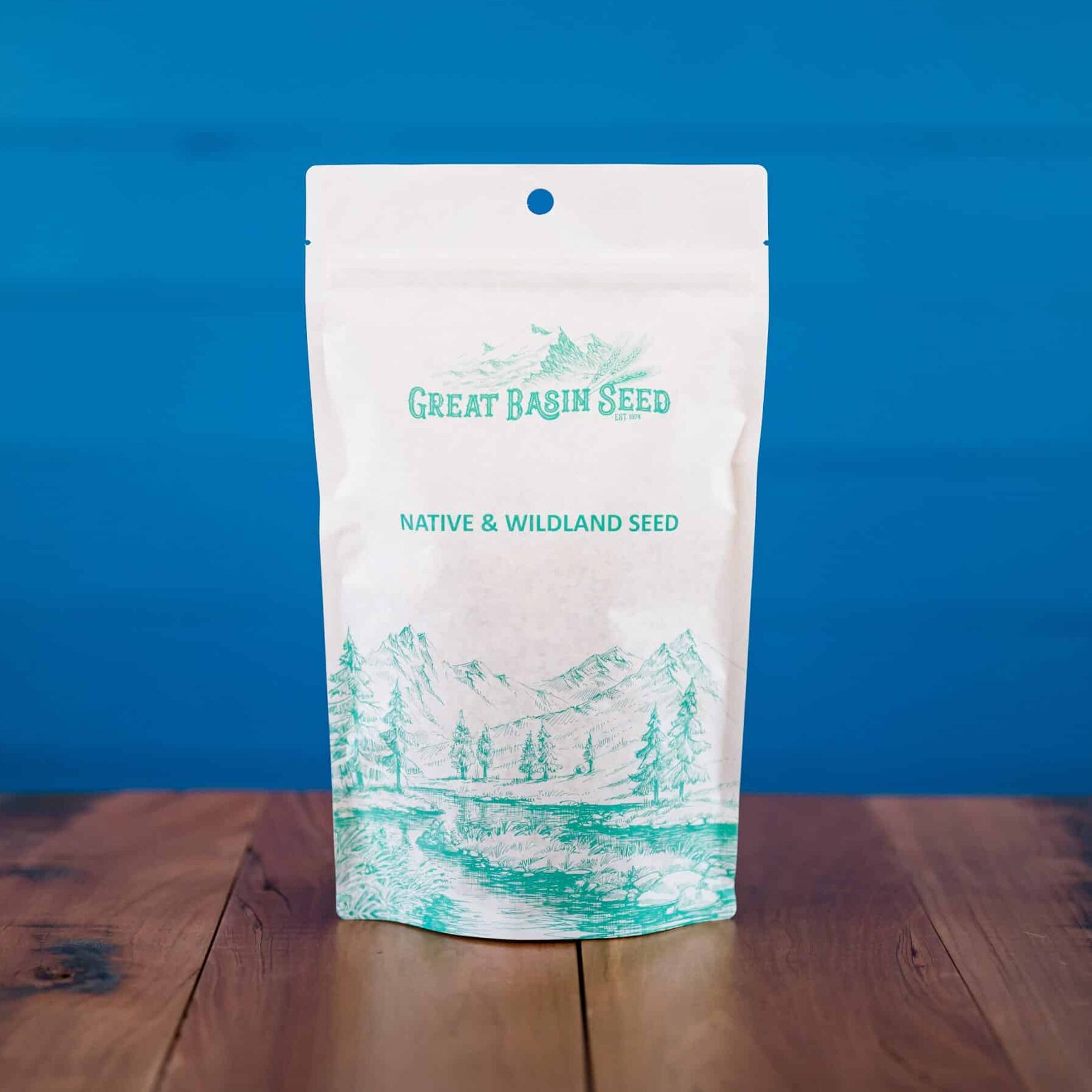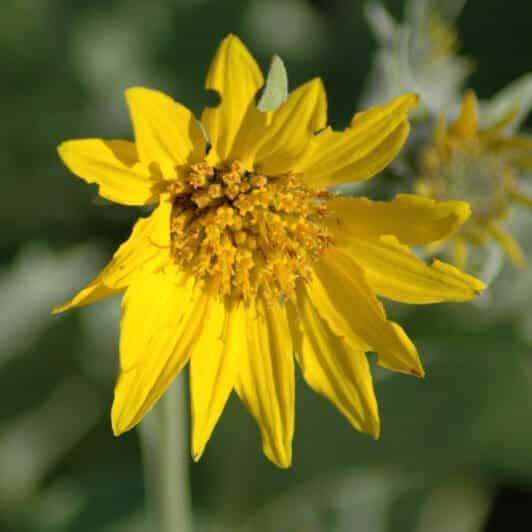Green Ephedra
 $5.25 – $38.00
$5.25 – $38.00 - Scientific name: Ephedra viridis
- Extremely drought resistant
- Winter hardy
- Intolerant of wet, poorly drained sites
- Important browse species for big game
Green Ephedra (Ephedra viridis), Also known as Mormon Tea. The name “Mormon Tea” is often incorrectly given to a closely related sister species Ephedra Nevadensis. They are similar – Green Ephedra is lower growing, spreading, and is often found in desert lowlands, dunes and well drained soils. It has numerous parallel stems that point upward resembling a broom, with branchlets clustered around nodes. It is found on dry, rocky, open sites in valleys and washes, and on slopes, alluvial fans, mesas, and foothills. It is typically found at elevations ranging from 3,000 to 7,500 feet. Average precipitation on sites supporting green ephedra ranges from 6 to 15 inches. It is drought resistant and winter hardy. It grows primarily on sandy, gravelly or rocky, well-drained, undeveloped soils. It is intolerant of wet, poorly drained sites. Associated species are Big sagebrush, Nevada Jointfir (Ephedra nevadensis), Galleta Grass, Sand Dropseed, and Utah juniper.
Green ephedra (Ephedra viridis) is an important browse species for big game. It is not utilized by domestic livestock. It is heavily browsed by big game on winter range but only moderately or lightly browsed during other seasons. The stems and twigs are nearly all within reach of grazing animals, and can serve as winter forage because they extend above the snow.
Green ephedra is highly toxic to both domestic sheep and cows during gestation, even at low doses. It causes ruminal impaction, diarrhea, vomiting, fecal mucus, anorexia, and in some cases death.
The stems were traditionally brewed by Native Americans to make a nonmedicinal beverage as well as a medicinal tea considered to be a remedy for a backache. Native Americans also made flour and a coffee-like beverage from the seeds. Ephedra species provided Native Americans with good charcoal for tattooing. Green ephedra can be used for xeriscaping projects, and has been widely used as a landscape species for roadsides, recreational sites and mine dumps. It is valuable for its vivid green color in an often dull gray sagebrush environment.
***Click on the “Quick Plant Facts” tab above for more information.
Green Ephedra NRCS Plant Guide
Green Ephedra NRCS Plant Guide
PDF version of NRCS Plant Guide & Fact Sheet
Prepared By: M. Kat Anderson USDA, NRCS, National Plant Data Center
Mark Pater USDA, NRCS Tucson Plant Materials Center, Tucson, Arizona
Species Coordinator: M. Kat Anderson USDA, NRCS, National Plant Data Center c/o Department of Environmental Horticulture,
University of California, Davis, California
Helpful Links
Additional information about this product can be found on the academic websites linked below.
Synonyms
Many plants have more than one common and scientific name. We've listed a few of them below.
- Green Ephedra
- Ephedra viridis
- Joint-pine
- Jointfir
- Mormon-tea
- Brigham tea
Who is Great Basin Seed?
Great Basin Seed is a seed company that specializes in seed sales and consultation for home, ranch, farm, range and reclamation. We have been a leader in the seed industry since 1974.
Our History
We've been in the seed business since 1974.
What We Offer
We offer seed for home, farm, ranch, range and reclamation projects.
Meet the Gang
We have the best employees in the world! We are proud of the work they do, and trust them to serve you!
Right: Company founder Lloyd and his wife Paula Stevens in a wildflower seed production field circa 1977





